Have you ever been to a drive-in movie? Drive-in movies are outdoor theaters where the movie is projected on a large screen and you watch from your car. There were once over 4,000 drive-in theaters in the U.S., now only a few hundred remain.
One of those still operating is right here in Maryland, in the Baltimore area. Bengies Drive-In has been in business since 1956. It is about an hour drive from most parts of our cluster, but since they are the only one left in the entire state of Maryland, that doesn’t sound so far.
During the pandemic, drive-ins have become popular with many regular theaters closed and people being concerned about the risks of going to an indoor theater. Drive-in theaters were social distancing before it was even a thing! You either sit in your own car or outside in a chair in your parking space. Bengie’s is enforcing mask wearing when people are outside of their parking space and limiting the number of people inside the concession stand. You can check out their full COVID precautions here.
I have been taking my kids to drive-in movies at Bengie’s for the years and we love it.
The drive-in is only open Spring-Fall.
Drive-In Movie Tips for First Timers:
- You pay one price whether you stay for 1, 2 or all 3 movies. Tickets may be purchased online in advance or with cash only at the gate. Since you are driving a good distance to get there, I would recommend purchasing tickets in advance online.
- You may stay in your car or bring chairs to sit in in front of your parking space.
- If you go in the summer and plan to sit outside, bring insect repellent spray or bug bracelets.
- If you go in the fall when the weather is cool, bring blankets.
- You cannot bring in outside food or drinks, unless you purchase an outside food permit. I recommend you buy your snacks there. They have some interesting options that you don’t see at a regular movie concession stand and that’s part of the full experience.
- Before you go, read the information on their website about headlights. You need to know how to disable your headlights when you are inside the movie.
- You also need to figure out how to turn your vehicle to the “accessory setting” with your key. This will allow you to listen to the movie without draining your battery. VERY IMPORTANT
- There is a note on their website about how to enter their address with GPS. There address is listed as “Middle River”not Baltimore on GPS.
As with all activities, please discuss this with your host parents first to make sure it fits with the social distancing precautions you all are observing.


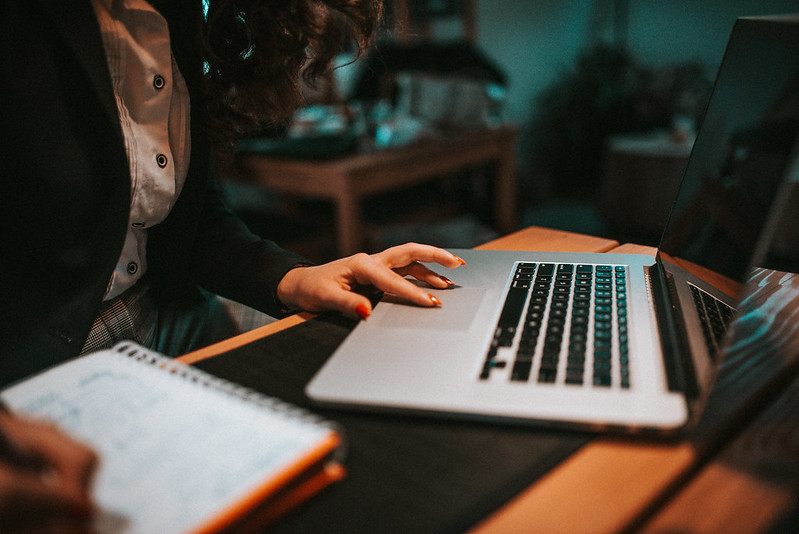 Due to COVID-19, Au Pair in America has temporarily given approval for online/virtual classes, with a few conditions. Au pairs must still produce certificates or other acceptable documentation confirming the completion of the class. Classes must be offered by an accredited U.S. college, university or other post-secondary school and completed by 9/30/21. As of right now, the expectation is that after September, au pairs will resume in-person classes. This is always subject to change, depending on COVID numbers and whether local schools are offering in-person classes. If you have any concerns about in person classes, please contact Christine or Lisa.
Due to COVID-19, Au Pair in America has temporarily given approval for online/virtual classes, with a few conditions. Au pairs must still produce certificates or other acceptable documentation confirming the completion of the class. Classes must be offered by an accredited U.S. college, university or other post-secondary school and completed by 9/30/21. As of right now, the expectation is that after September, au pairs will resume in-person classes. This is always subject to change, depending on COVID numbers and whether local schools are offering in-person classes. If you have any concerns about in person classes, please contact Christine or Lisa.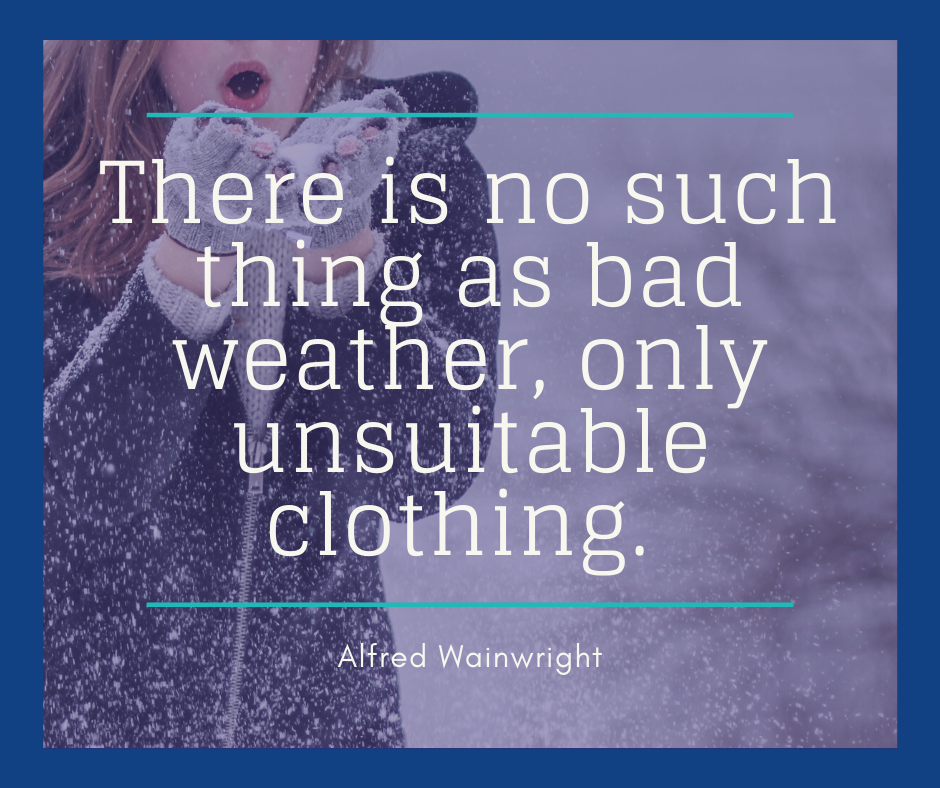
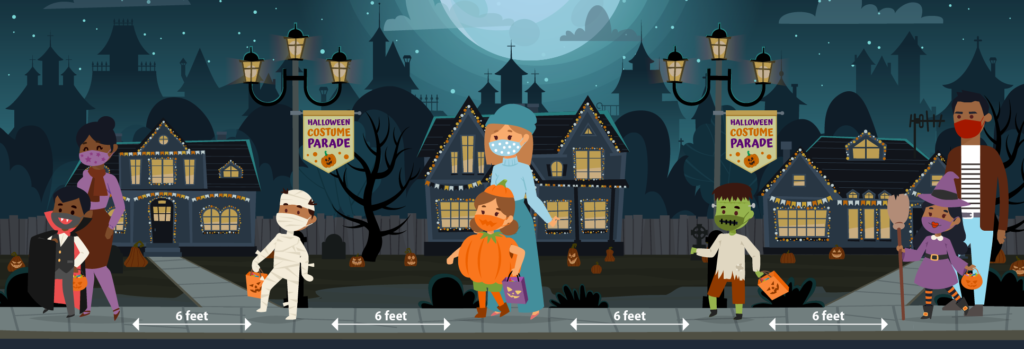
 Make trick-or-treating safer
Make trick-or-treating safer
 Wash your hands
Wash your hands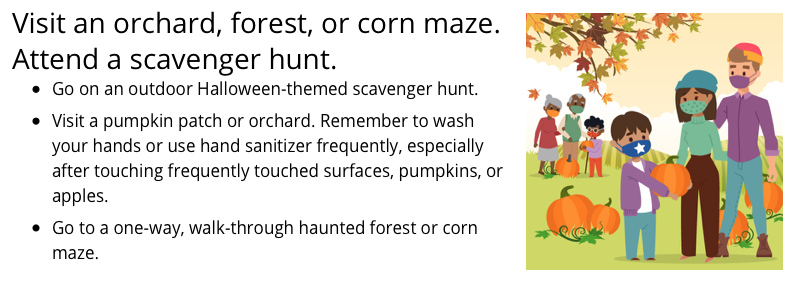

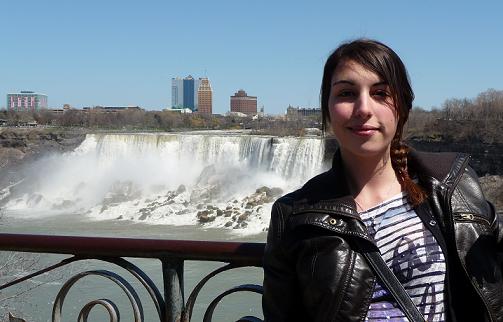


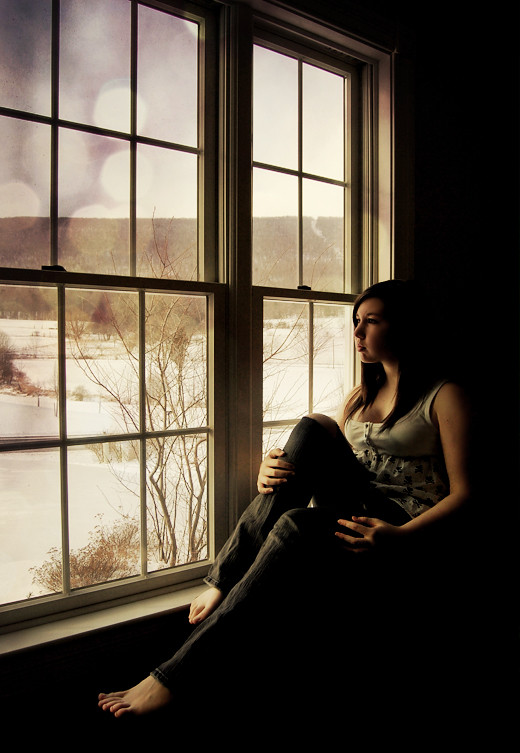 What is social distancing?
What is social distancing?